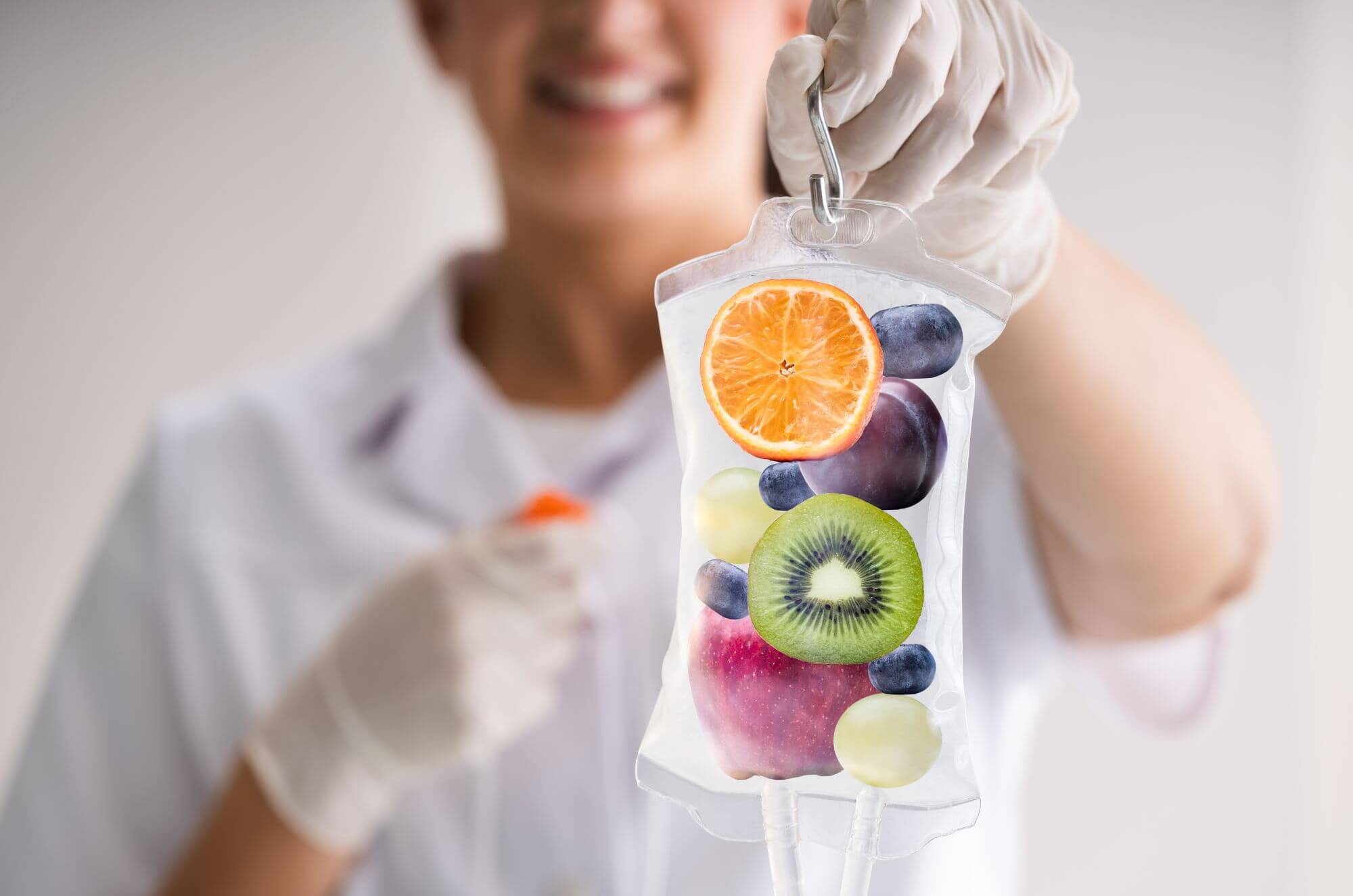Table of Contents
IV therapy, short for intravenous therapy, is a treatment that delivers fluids, vitamins, minerals, or medications directly into your bloodstream. Once reserved for hospitals and medical emergencies, IV therapy is now a popular wellness trend found in clinics, spas, and even mobile services. From hangover cures to boosting immunity, IV therapy is used for a wide range of purposes.
But what exactly is IV therapy, and is it right for you? Let’s break it down.
What Is IV Therapy?
IV therapy involves inserting a small catheter into a vein—typically in your arm or hand—through which fluids and nutrients are administered. Because the contents go straight into the bloodstream, your body absorbs them more quickly and efficiently than it would through food or oral supplements.
This method is not new. It’s been a mainstay in medical settings for decades, especially for patients who are dehydrated, nutrient-deficient, or in need of rapid medication delivery. However, in recent years, IV therapy has expanded into preventive health and wellness.
Common Types of IV Therapy
There are several types of IV therapy depending on the goal of treatment. Here are some of the most popular:
1. Hydration Therapy
Perfect for those who are dehydrated from intense workouts, heat, or illness. This therapy replenishes fluid levels and electrolytes, helping your body recover faster.
2. Vitamin IV Drips
Often loaded with B-complex vitamins, vitamin C, and other antioxidants, these drips are designed to support energy, immune health, and overall wellness.
3. Hangover Relief
Formulated with fluids, electrolytes, anti-nausea meds, and pain relievers, hangover IVs help reduce symptoms like headache, fatigue, and dehydration.
4. Immune Support
These blends typically contain high doses of vitamin C, zinc, and other immune-boosting ingredients to help ward off illness or speed up recovery.
5. Beauty Drips
These infusions focus on enhancing skin, hair, and nails using ingredients like glutathione, biotin, and collagen precursors.
6. Athletic Recovery
Tailored for athletes and active individuals, these IVs include amino acids and electrolytes to support muscle recovery and reduce inflammation.
Benefits of IV Therapy
While results can vary, many people turn to IV therapy for its potential benefits:
- Fast Absorption: Nutrients bypass the digestive system for quicker delivery.
- Better Hydration: Helps rehydrate the body faster than oral fluids.
- Customizable Treatments: Formulas can be tailored to individual needs.
- Convenient: Mobile IV services offer treatment at home or the office.
- Immediate Results: Some people report feeling refreshed and energized right after treatment.
Who Can Benefit from IV Therapy?
IV therapy may be beneficial for:
- People recovering from illness, surgery, or intense physical activity
- Individuals with nutrient absorption issues (e.g., Crohn’s disease, IBS)
- Frequent travelers and those exposed to high stress
- Anyone needing a quick hydration boost
- People looking for supplemental wellness treatments
That said, IV therapy is not a substitute for a healthy diet or medical care. It should complement—not replace—good nutrition, regular exercise, and routine healthcare.
What to Expect During an IV Therapy Session
A typical IV therapy session lasts between 30 and 60 minutes. Here’s what happens:
- Consultation: A medical professional will discuss your goals and health history.
- Preparation: Your arm is cleaned, and a sterile needle or catheter is inserted.
- Infusion: The drip starts, and you relax in a chair—many people read, nap, or use their phone.
- Completion: Once the fluids are administered, the catheter is removed, and a small bandage is applied.
You may feel a pinch during the needle insertion, but most people find the process painless and relaxing.
Are There Any Risks?
While IV therapy is generally safe when performed by trained professionals, it does carry some risks:
- Bruising or pain at the injection site
- Infection, though rare with sterile technique
- Allergic reactions to ingredients in the drip
- Overhydration or electrolyte imbalances, especially in those with kidney issues
It’s important to disclose any existing health conditions and medications before undergoing IV therapy.
Choosing a Reputable IV Therapy Provider
Not all IV therapy providers are created equal. Look for clinics or mobile services that:
- Are licensed and staffed by medical professionals
- Use pharmaceutical-grade ingredients
- Offer individualized consultations
- Follow strict hygiene protocols
Avoid any place that promises miracle cures or lacks transparent medical oversight.
Is IV Therapy Worth It?
The effectiveness of IV therapy varies from person to person. While some experience a noticeable boost in energy or mood, others may not feel much different. For most healthy individuals, occasional IV therapy is a safe way to supplement wellness routines. However, it’s not a magic bullet—and shouldn’t be treated as one.
If you’re dealing with chronic fatigue, vitamin deficiencies, or other health issues, speak with your doctor before starting any new treatment.
Final Thoughts
IV therapy has grown beyond the hospital setting into the realm of modern wellness. Whether you’re seeking hydration, immunity, beauty support, or just a quick health boost, IV therapy offers a fast and effective delivery system for essential nutrients. Just be sure to choose a trustworthy provider and consult with a healthcare professional to determine if it’s right for your needs.
